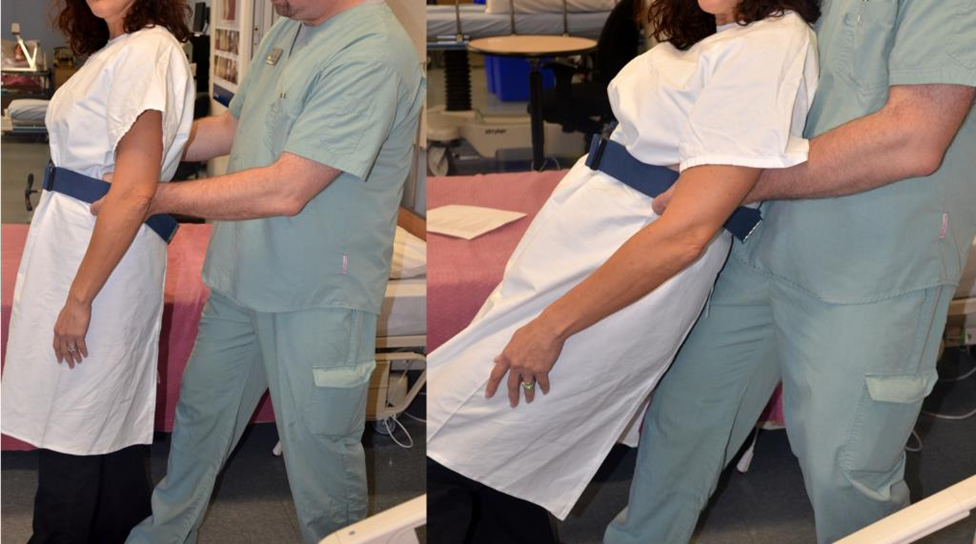When lying in the supine position, the patient's ankles should be flexed approximately 90 degrees so that the toes point toward the ceiling. This is referred to as
Lateral position
Dorsiflexion
Contracture
Plantar flexion
The Correct Answer is B
A. The lateral position refers to lying on one side with the top hip and knee flexed and the bottom hip and knee slightly flexed.
B. Dorsiflexion is the movement of the ankle joint in which the toes are brought closer to the shin or upward, as in the supine position described.
C. Contracture refers to the shortening or tightening of muscles, resulting in the inability to move the affected joint fully.
D. Plantar flexion is the movement of the ankle joint in which the toes are pointed downward or away from the shin, opposite to the position described.
Nursing Test Bank
Naxlex Comprehensive Predictor Exams
Related Questions
Correct Answer is B
Explanation
A. Keeping the back bent while lowering the patient is not the most appropriate postion.
B. when a patient begins to fall, it is important to control the descent to minimize injury.
The nurse should widen their stance, bring the patient's body close to provide support, bend their knees, and use the strength of their thighs to lower the patient to the ground safely.

C. Keeping the knees straight while lowering the patient increases the risk of strain or injury to the nurse's back.
D. Holding the patient upright may not be feasible if the patient is already falling, and attempting to do so may result in injury to both the patient and the nurse.
Correct Answer is C
Explanation
A. The list of medications is typically included in the Background component of the ISBARR communication tool, as it provides important information about the client's ongoing treatment and medications.
B. Treatment plans and interventions are generally discussed in the Assessment and Recommendation components of the ISBARR communication tool, as they involve the nurse's assessment of the client's condition and the actions recommended for continued care.
C. The Situation component of the ISBARR communication tool focuses on providing a concise summary of the client's current medical condition or status, including relevant changes since the last report or significant events that occurred during the shift.
D. Vital signs may be included as part of the Background or Assessment components of the ISBARR communication tool, depending on their relevance to the client's current condition and any changes observed during the shift.
Whether you are a student looking to ace your exams or a practicing nurse seeking to enhance your expertise , our nursing education contents will empower you with the confidence and competence to make a difference in the lives of patients and become a respected leader in the healthcare field.
Visit Naxlex, invest in your future and unlock endless possibilities with our unparalleled nursing education contents today
Report Wrong Answer on the Current Question
Do you disagree with the answer? If yes, what is your expected answer? Explain.
Kindly be descriptive with the issue you are facing.
